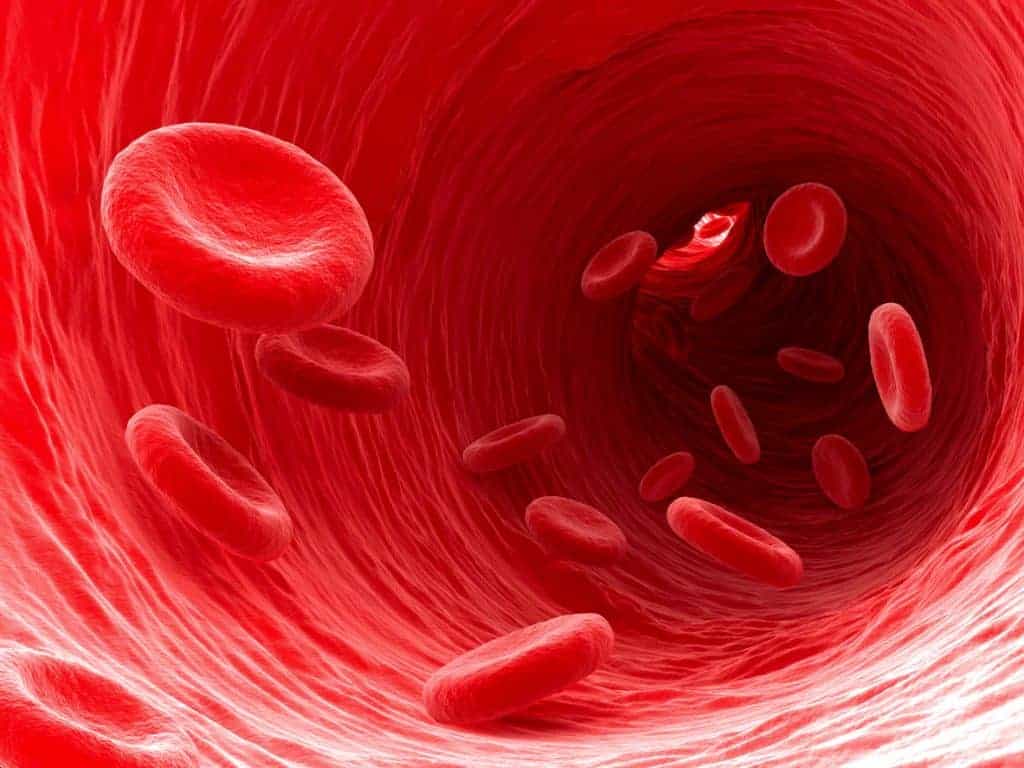Infection
A Systematic Review of ABO and Rh Blood Groups and their Association with Infection Risk
The following is a summary of “ABO and Rh blood groups and risk of infection: systematic review and meta-analysis,” published in the November 2023 issue of Infectious Disease by Butler et al.
Researchers started a retrospective study to comprehensively evaluate the association between ABO and Rh blood groups and susceptibility to various infections, including SARS-CoV-2.
They systematically reviewed Embase and PubMed, covering January 1st, 1960 – May 31st, 2022. English-language publications were chosen if they individually explored the association between ABO and/or Rh blood group and the risk of SARS-CoV-2 and non-SARS-CoV-2 infection. Pooled odds ratios (OR p) and 95% CI were subsequently calculated for each analysis.
The results showed non-O blood groups with higher ORp for SARS-CoV-2 compared to O blood groups, observed in 22 case–control studies (2.13, 95% CI 1.49- 3.04) and 15 cohort studies (1.89, 95% CI 1.56- 2.29). In non-SARS-CoV-2 viral infections, the respective ORp was 1.98 (95% CI 1.49–2.65; 4 case–control studies) and 1.87 (95% CI 1.53–2.29; 12 cohort studies). For non-viral infections, the ORp was 1.56 (95% CI 0.98–2.46; 13 case–control studies) and 2.11 (95% CI 1.67–6.67; 4 cohort studies). Rh-positive status had a higher ORp for SARS-CoV-2 infection in 6 case–control studies (13.83, 95% CI 6.18–30.96) and 6 cohort studies (19.04, 95% CI 11.63–31.17) compared to Rh-negative persons. Regarding Rh status in non-SARS-CoV-2 infections, the ORp was 23.45 (95% CI 16.28–33.76) in 7 case–control studies and 9.25 (95% CI 2.72–31.48) in 4 cohort studies. All analyses exhibited high levels of heterogeneity.
They concluded that non-O and Rh-positive blood status were associated with an increased risk of various infections, including SARS-CoV-2.
Source: bmcinfectdis.biomedcentral.com/articles/10.1186/s12879-023-08792-x

